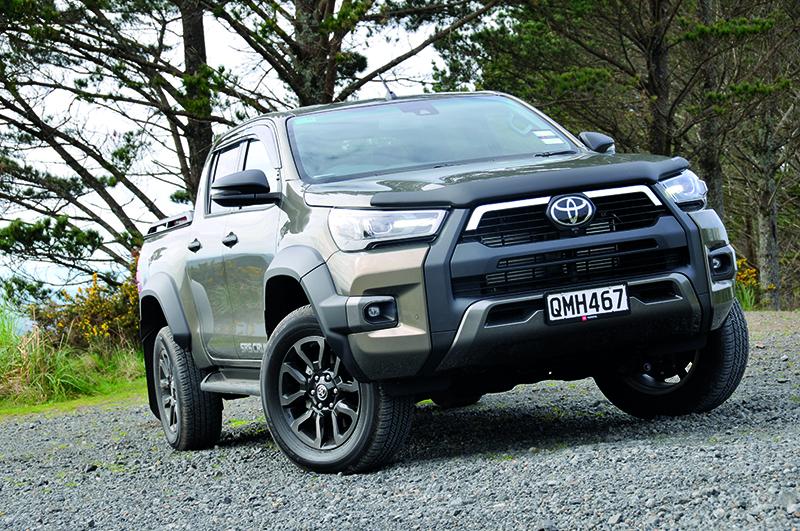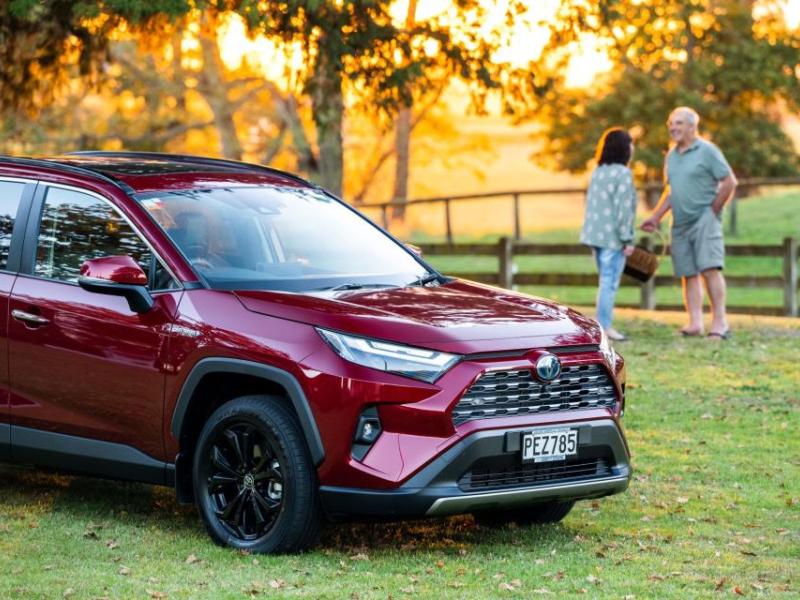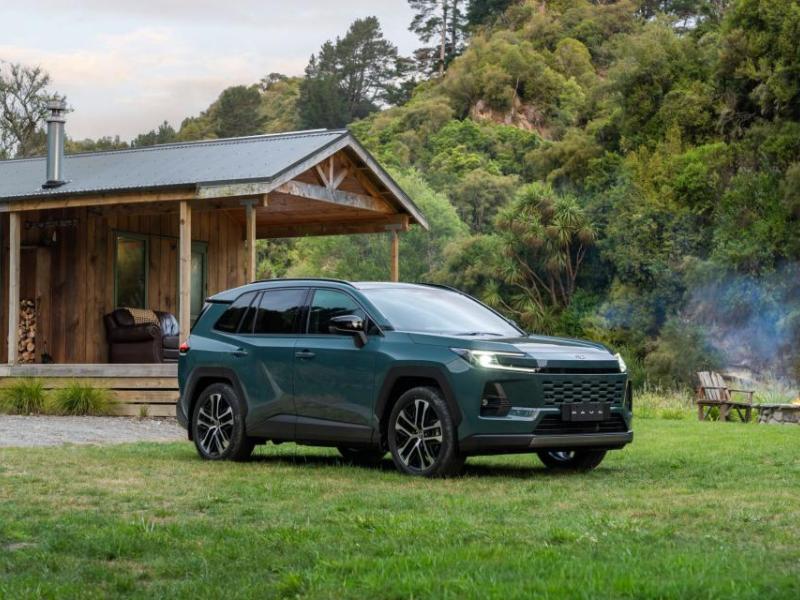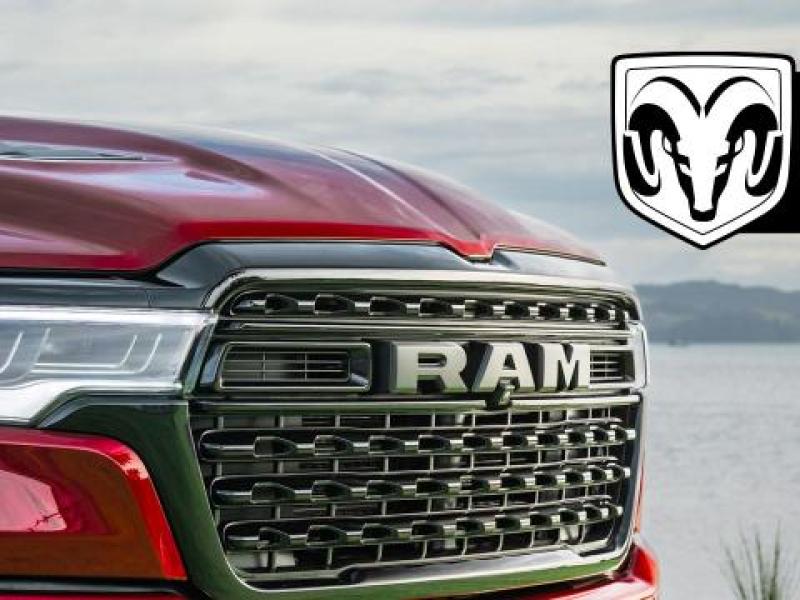It’s our first chance to sample the 2024 Hilux Cruiser, and it impresses.
The 2.8-litre 1GD four-cylinder turbodiesel in this vehicle is finding homes in other Toyota 4WDs, notably the LC70 reviewed last month and the all-new Prado which launches this month.
In the LC70 it’s a ‘straight’ turbodiesel, in the Hilux and Prado it’s a 48V mild hybrid, adding some oomph to low-end acceleration and shaving off some fuel numbers. When we picked this one up, it was showing 10.1l/100km. Terrible leadfooted media. On the motorway cruise back to Papakura that fell to 9.8 then 9.6l/100km. Official figures for the hybrid are 8.7l/100km; we were frustrated by a series of wet weather and power-on drives and only got down to 9.2.
New for refinements include the addition of a facelifted front end now including radar cruise control, electric leather seats, USB-C charging ports, a wireless charging pad, and 18” aluminium alloy wheels.
The simplified hybrid powertrain is available exclusively in the SR5 trim, which brings with it those alloy wheels, a premium entertainment system, keyless entry, daytime running lights and more. It will only be available with a six-speed automatic for now.
The new hybrid drive unit packs the same beefy 500Nm of torque as the standard diesel, but Toyota estimates it cuts fuel consumption by an estimated 10 percent and (of course) reduces emissions.
Toyota has devoted itself to developing hybrid engines and taken a cautious stance on 4WD sales while its utes and SUV range were moved over to hybrid power; this will no doubt positively influence its Clean Car liabilities.
Though the SR5 Cruiser hybrid commands a slightly higher price of $65,490, the potential savings on fuel, and the growing awareness of the importance of sustainable living in New Zealand will make the choice simple for many users, especially when it’s a mild hybrid that simply gets on with the job.
Make no mistake: the SR5 Cruiser hybrid is the flagship of the Hilux range.
It’s not Toyota’s official naming protocol, but many refer to this model as the ‘widebody’. Its front and rear track are wider than the regular Hilux, it’s had a lift over the stock ‘narrow’ models, and the wheels are framed by a set of good-looking fender flares.
Roll rigidity has been enhanced by 20 percent, and the wider suspension under that wider body brings greater stability in corners and on uneven surfaces. The increased width of front and rear tracks, plus the rear stabiliser bar further enhances the vehicle’s stance, stability, and ride comfort.
The 18”x7.5” wheels wear Dunlop 265/60 Grandtrek tyres.
In a first for Hilux, the rear brakes are ventilated disc brakes for enhanced braking performance and stopping power. The front disc brakes are also upsized to 17 inches and the front four-piston callipers are a traditional Hilux strong point. Where rivals make do with single piston or at best dual piston callipers, the four-pots give enhanced confidence in emergency braking or when towing.
These out-of-sight changes result in a stable, comfortable driving experience and improved steering wheel and brake pedal feedback when cornering or changing lanes.
The lithium-ion hybrid battery is under the rear seat and doesn’t compromise legroom.
In the cab, there are USB and USB-C ports for charging and connecting devices, and Apple CarPlay and Android Auto are wireless.
The leather-accented seats are eight-way electrically adjustable for the driver; four way manually adjustable for front passenger. Both front seats are heated.
The steering wheel, too, is leather.
The JBL sound system has nine speakers including two fat little tubs on the dash.
Navigation displays through the eight-inch infoscreen.
Safety, as always, is paramount. Comprehensive standard safety features across the range include seven airbags: driver’s front, driver’s knee, driver’s side, passenger front, passenger side, and curtain shield airbags (front for single cabs, front and rear for extra and double cabs). The SR5, SR5 Cruiser and GR Sport variants have Toyota’s Panoramic View Monitor (PVM) giving the driver a ‘created’ birds-eye view of the vehicle and easy detection of any hazards in the vicinity.
There are radar sensors to detect vehicles that cross the vehicle’s path and might otherwise be unseen.
The Rear Cross Traffic Alert system (RCTA) alerts the driver while reversing and a Blind Spot Monitor (BSM) detects any vehicle present in a blind spot using the outer mirrors.
Toyota’s Pre-Collision System (PCS) uses a radar sensor and a camera to determine whether a frontal collision with another vehicle is imminent. The driver is warned with audio and visual alerts.
The Dynamic Radar Cruise Control (DRCC) operates when the vehicle speed exceeds 40km/h and maintains an adjustable vehicle-to-vehicle distance by automatically accelerating or decelerating to match the speed of the vehicle ahead.
Lane Departure Alert (LDA) is common these days and reduces the possibility of an accident due to the vehicle unintentionally drifting out of its lane.
Heading off-road, choose from modes in Toyota’s Multi-Terrain Select: Auto, Deep Snow, Dirt, Mud, Rock and Sand. There’s a rear diff lock too.
How does it drive? It’s a Hilux. Starts like a Hilux, drives like a Hilux. No fuss, just gets the job done. The wider Cruiser stance is immediately obvious – the body rolls less, stays flat out of tarmac corners, and for some reason the stance damps much of the classic ute leaf-spring judder. This is one of those 4WDs that just seems ‘right’ as soon as the driver slides into its leather seats.
Use the right tool, mate
Hilux is the right tool for just about any job.
The 4WD side of the model range is of course the focus for NZ4WD. At the entry SR level, it starts with a farm-ready single cab, progresses to an ‘extra cab’ version without a wellside tray, then to the so-familiar double cab.
The range steps up to SR5 trim with a 48V mild-hybrid regular-chassis version, then to the SR5 Cruiser hybrid wide-body.
Above this the range enters its premium zone, the 4WD-only GR performance model.
All are automatic transmission only except the hybrid, which offers both manual and automatic. In all cases, the auto transmissions are of course robust torque converter versions.







